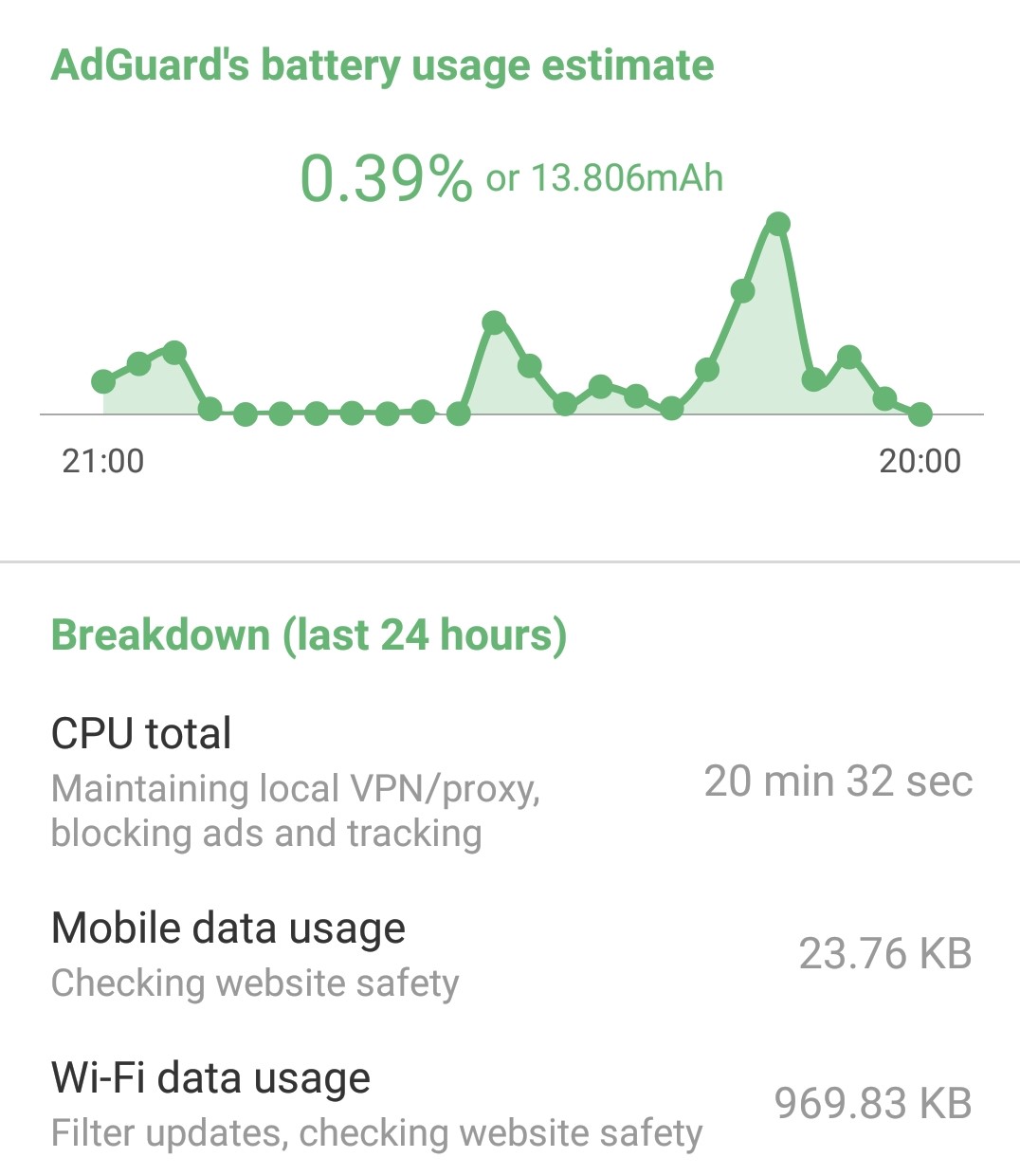
AdGuard team members not only develop and maintain filters, they also coordinate community activity, process user feedback, collect and analyze filter usage statistics, and monitor the performance of third-party filters. Some make them for one particular blocker, but the majority aim to support all popular blockers at once. Most filters are developed and maintained by volunteers. Maybe it’s time to write a book, huh? Who develops filter lists? Just take a look at the documentation, the volume is huge. With time, filtering rules syntax evolved and nowadays its complexity is comparable with a programming language. There are hundreds of different filtering options and we can’t list them all here, but we hope it is enough to get the general idea. Or like this: #%#//scriptlet("abort-on-property-read", "wpsite_clickable_data")
ADGUARD FOR ANDROID 2017 CODE
This is true for almost every ad blocker, moreover, filtering rules syntax is mostly shared between different ad blockers so you can use the same lists in AdGuard, Adblock Plus, and uBlock Origin.Ī rule is a line of code written with a special syntax. Filtering rules define what an ad blocker should do, they are interpreted and applied on different stages of a web page lifecycle. In a nutshell, filter lists are basically text files where each line is a filtering rule.

What are filter lists and filtering rules?


We've covered in detail what filters are, how ad blocking works based on them and how filter development is threatened by Manifest v3. To delve deeper into it, check out our articles. Today, we want to introduce a new tool that is supposed to make it easier to develop filter lists, and we want to share this tool with the whole ad-blocking community. Any ad blocker’s work is defined by the so-called filter lists so it’s important to understand what they are and how they are made - you’ll find the explanation below.


 0 kommentar(er)
0 kommentar(er)
